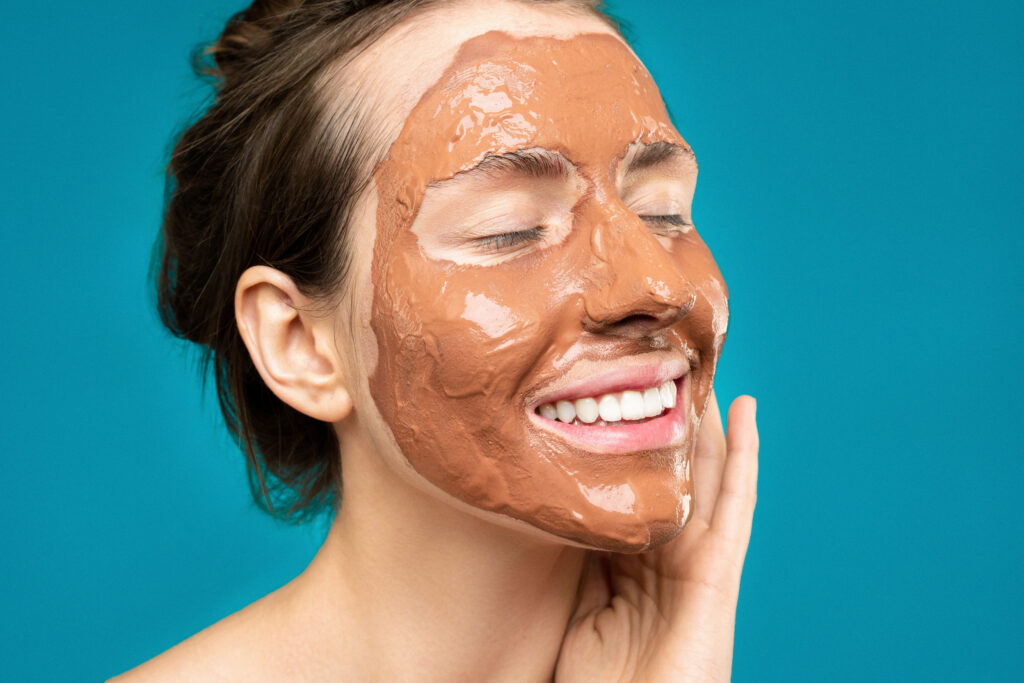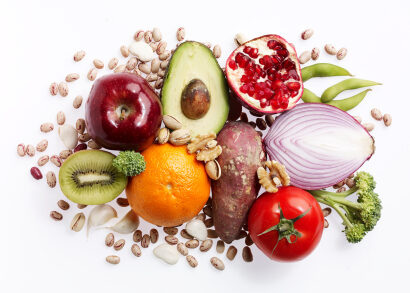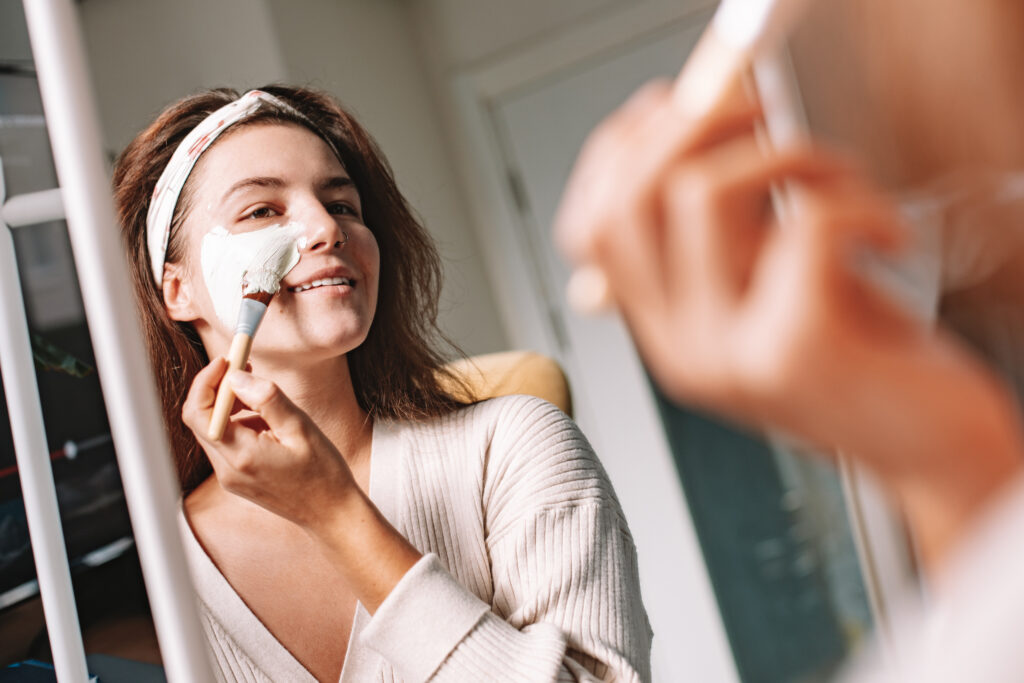We might all love a natural flush that makes us look like the sun kissed our skin in all the right places. But, there’s a fine line between a healthy, rosy blush and full-blown facial redness. Unfortunate, but a harsh reality for plenty of us, redness of the skin could happen for a myriad of reasons. Maybe your skin didn’t like the new moisturiser you bought, or it could be genetic.
Keep reading as we get up close and personal with redness, its causes, and how you can break free from it.
Read more: 5 reasons to choose nose thread lift for a defined nose

What causes redness on the face?
If you’ve noticed your skin flaring up lately, it could be hard to pinpoint why it happens. But it’s important to note that the most common culprits are eczema and rosacea. These skin conditions are notorious for causing irritation, inflammation, and dryness, exacerbating skin redness. Acne is another common culprit, as it triggers inflammation in your blood vessels, which causes redness.
In other cases, redness occurs when you drink alcohol, or your skin develops an allergic reaction to certain ingredients. Those with sensitive skin are no strangers to purging and red blotches on the face when trying new skincare products. Prolonged sun exposure may also cause sunburn, which first manifests as painful red marks on your skin.
How can I deal with the redness on my face?
Moisturise regularly.
Moisturising is non-negotiable in skincare, but if you’re experiencing chronic redness, you need to up your game. Dryness is the common denominator between the most common causes of facial redness. To prevent this, use a deeply hydrating moisturiser at least twice daily. If possible, go for moisturisers containing soothing ingredients, like aloe vera and niacinamide. These ingredients can help further relieve redness by restoring your skin barrier and providing long-lasting hydration.

Avoid spicy foods, alcohol, and coffee.
It’s common for Asians to turn red (also called the “Asian Flushing Syndrome”) after drinking alcohol because of a lack of activity in their enzymes. So, if you’re having a night out, watch your shots, or you’ll go home looking as red as a tomato. On the other hand, spicy foods and coffee dilate the blood vessels in the skin, making you turn red. Opt for cooling, anti-inflammatory foods like cucumbers, squash, and celery. These foods are rich in antioxidants that fight free radicals, which can exacerbate redness and skin damage.
Soothe your skin with a cold compress.
If your redness is not due to an underlying medical condition, applying a cold compress can do the trick. Place a clean washcloth in a plastic bag filled with ice cubes in the freezer for 15 minutes to soothe flushed skin. Then, take off the cloth and gently pat it against your skin for about 20 minutes. This will allow the blood vessels in your skin to calm down, eventually reducing redness.

Avoid using irritating skin products.
There’s no harm in trying, indeed. But with skincare, there could be harm when trying new products on your skin, especially with acids and exfoliants. It’s best to steer clear of strong retinoids or retinol, physical exfoliants, and polishing scrubs if you have sensitive skin. But if skincare acids benefit your skin immensely, there’s a certain compromise you can take. Limit your use to up to twice a week, or opt for a formula with a lower concentration.
Consult with your doctor.
Finding out the exact reason behind your flare-ups is best left to the experts. If you’ve noticed that your skin has been flushed lately, it’s time to consult your skin specialist. They can conduct tests to diagnose the reason and prescribe medications or clinical treatments as needed.
Read more: 3 non-invasive skin resurfacing methods for glowing skin

